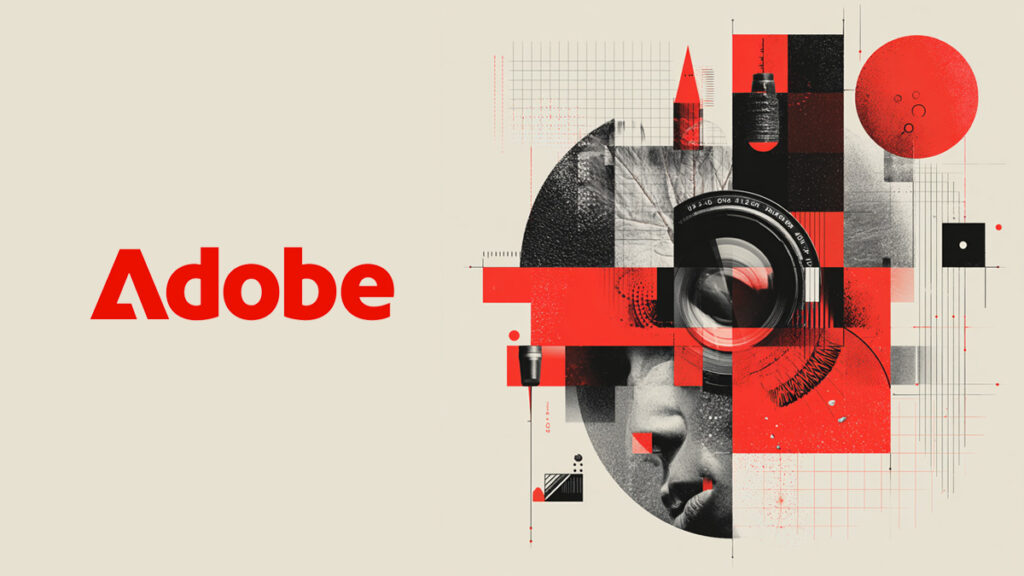Speak the Language of Connection
Your visuals already say a lot—but without a defined brand voice, your message can fall flat. Designers who pair strong visuals with a consistent verbal tone create brand experiences that are unmistakable. Whether you’re shaping a social campaign, pitching a client, or building out a brand book, voice brings personality to the pixels. Here’s how to craft one that sounds as good as your work looks.
Why tone matters just as much as typography
- It gives your brand personality — Voice adds character and emotion to match your visual aesthetic.
- It creates consistency — A defined tone keeps content aligned across platforms, just like a style guide.
- It builds trust — Familiar language creates recognition and connection with your audience.
How do you define a brand voice?
1. Start with your audience
Design for who you’re speaking to. Are they startups, artists, enterprise clients? Knowing your audience helps you strike the right tone—whether that’s bold, friendly, professional, or playful.
2. Audit what you already sound like
Review your current site, case studies, and emails. Highlight phrases that feel on-brand and flag anything off-tone. Look for patterns that align with your visual identity.
3. Choose 3–5 tone words
Pick words that describe your brand’s voice—like confident, cheeky, minimal, or human. These become your north stars for writing.
4. Write a voice and tone guide
Document it like you would a brand style guide. Include:
- Voice attributes — The core personality of your brand.
- Tone by context — How tone changes across channels (e.g., social vs. proposals).
- Do’s and Don’ts — Clear language rules with examples.
5. Use real copy examples
Show how a brand headline, tweet, or landing page should sound. Give before-and-after comparisons so everyone gets it fast.
6. Share it and enforce it
Make your guide accessible to every collaborator—copywriters, marketers, PMs, and freelancers. Revisit it as your brand evolves.
What this means for designers
- Fewer disconnects — Designers and writers stay in sync when tone is defined early.
- More memorable brands — Voice reinforces your visual identity for a cohesive experience.
- Better feedback loops — Clear voice criteria make reviews faster and smoother.
Tools that can help you define voice
- Frontify – Great for building full-scale brand systems with both voice and visual documentation
- Canva and Adobe Express – Ideal for social teams who need quick templates and tone presets
- Google Docs – Simple and shareable format for early-stage or smaller teams
Make your designs talk
Voice is the verbal layer of your design system. Nail it, and your brand doesn’t just look consistent—it sounds it too. Whether you’re handing off to a client or working with a team, a clear brand voice helps everyone speak the same language.
Frequently asked questions
What’s the difference between brand voice and tone?
Brand voice is your brand’s overall personality. Tone is how that voice shifts depending on context—like being more serious in a proposal and more playful on social.
How long should a brand voice guide be?
Keep it tight—usually 2 to 5 pages. Focus on clarity, tone examples, and specific do’s and don’ts rather than long explanations.
Can a brand voice evolve over time?
Yes. As your business or audience shifts, revisit your guide. Just like your visuals, your voice should grow with your brand.
Glossary Terms Used
- Brand Voice — The consistent personality and tone a brand uses across all communication.
- Brand Style Guide — A document that defines visual and verbal brand elements for consistent use.
- Visual Identity — The visual components of a brand, including logo, typography, color, and layout.
This site uses affiliate links, which means we may earn a commission at no extra cost to you.


